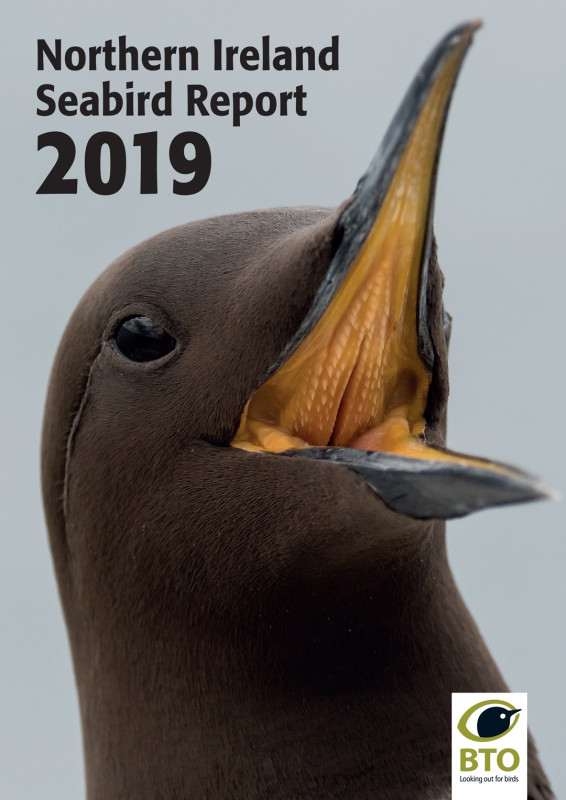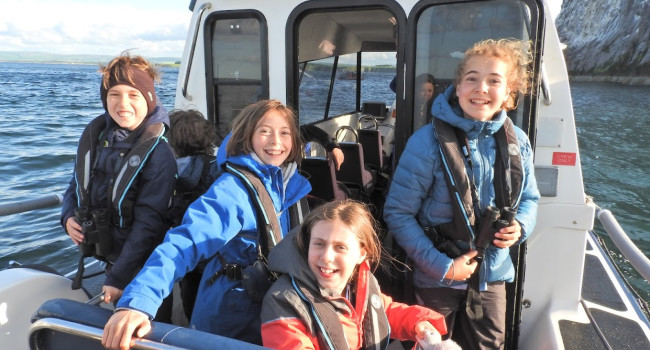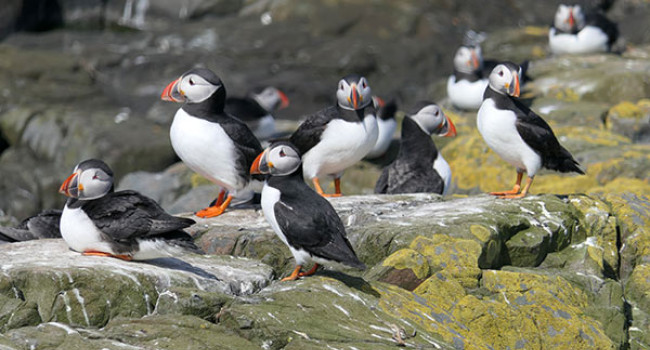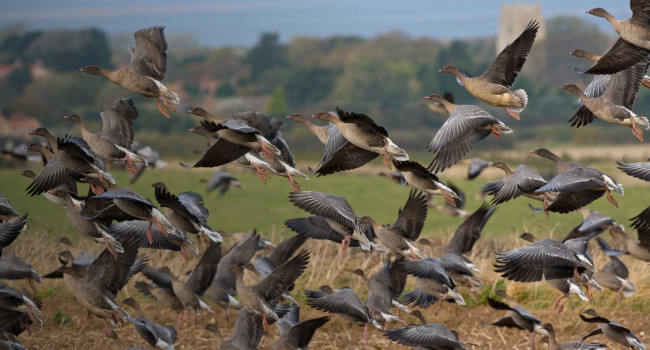Northern Ireland Seabird Report 2019
Author(s): Booth Jones, K.
Published: March 2020
Publisher: British Trust for Ornithology Pages: 88pp
ISBN: 978-1-912642-17-5
Download article 5.27 MB application/pdf
Key findings of the Northern Ireland Seabird Report 2019 include promising news about Kittiwake numbers. The Red-listed Kittiwake is in long-term decline in the UK as a whole, with numbers of breeding adults standing at less than half their 1960s total. However, this decrease is happening at a much slower rate in Notherern Ireland, and some colonies are actually showing a long-term increase.
In 2019, Kittiwakes in Northern Ireland had a good year, with increases at all sites. The colonies The Gobbins and Muck Island fared particularly well, with numbers increasing by 68% and 65% respectively compared to 2018. Razorbills and Guillemots also did well in 2019, the former being recorded in its highest numbers since records began at Muck Island and the latter having its best year since 2016. It is not all good news, however. Fulmar numbers continue to decline, along with Black Guillemot, at Northern Ireland’s best known seabird haven, Rathlin Island.
The annual recording of seabird numbers by volunteers is vital for capturing the long-term changes in Northern Ireland's breeding seabird population, and alerting policy makers to the need for conservation action.
Notes
This is the seventh edition of the Northern Ireland Seabird Report, covering 2019. This report is the published outcome of the work of the Northern Ireland Seabird Network of volunteers, overseen by the British Trust for Ornithology (BTO) on behalf of the Northern Ireland Environment Agency (NIEA).
This report is the published outcome of the work of the Northern Ireland Seabird Network – a network of volunteers, researchers and organisations – coordinated by the BTO Seabird Coordinator, and funded by NIEA.







Share this page